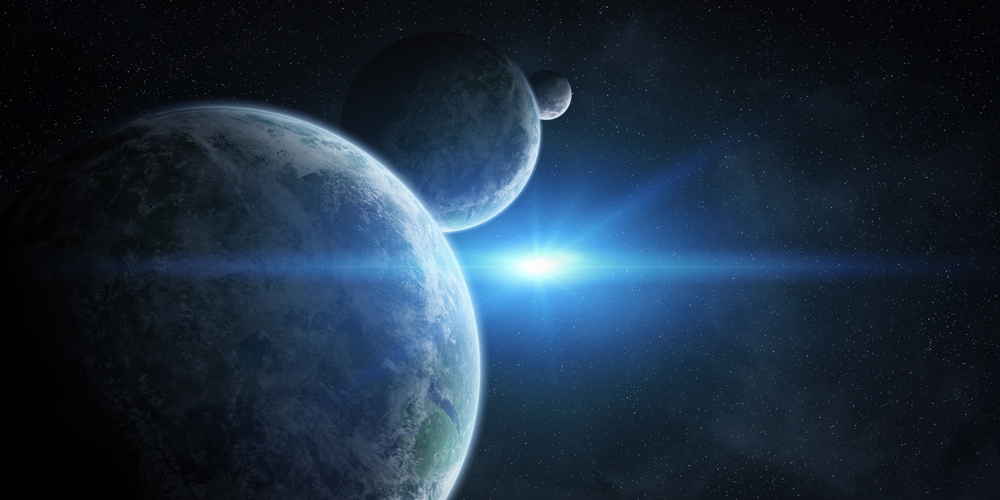
NASA has detected a trio of new planets in a ‘nearby’ solar system, and scientists say the previously unknown worlds share certain crucial similarities to Earth. The three exoplanets—planets outside of our own solar system—are in orbit around an an ultra-cool dwarf star just 40 light-years away (a mere hop, skip and a jump in intergalactic terms), and they are comparable to both Earth and Venus in terms of their size.
Professional planet hunters are constantly scouring the skies in the hope of finding Earth’s ‘twin’—a world where conditions are close enough to those found on our own planet for extraterrestrial life to feasibly be found. In our own solar system, Venus is often referred to as our sister planet, because it’s very similar in size to Earth. However, being considerably closer to the Sun, the surface temperature on our sibling sphere is a somewhat scorching 462°C, making life impossible—not least because liquid water could not be present.
In all probability, there are billions of planets out there in the universe beyond our immediate backyard, but astronomers have thus far only positively located 1,966 such exoplanets, which are typically spied when they perform a transit across their host star. Of these, only a tiny fraction offer any likelihood of sustaining life as we know it. But one of the newly noticed trio is close enough to cause a ripple of excitement.

Two of the worlds are too close to the dwarf star they circle, placing them outside the ‘habitable-zone’ where planets could possess liquid water, but the third holds more potential. It’s closer to the zone, and although it receives less radiation than Earth, astronomers are investigating the possibility that it could potentially sustain life.
The dwarf star, currently called TRAPPIST-1 after the telescope that was used to locate it, was discovered by a team of astronomers led by Michaël Gillon from the University of Liège and the existence of the planets orbiting it was confirmed by the Hawai’i-based UKIRT Telescope. TRAPPIST-1 is much smaller and redder than our own Sun—in fact it’s not much bigger than Jupiter—which means the planet in question could still potentially be habitable, even though it is much closer to the star than we are to the Sun.
Scientists will use K2 and NASA’s Hubble Space Telescope to further observe the TRAPPIST-1 system, with K2 analysing the orbital characteristics of the exoplanets and figuring out their masses, and Hubble studying their atmospheric composition.
